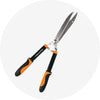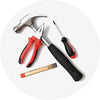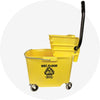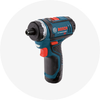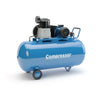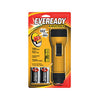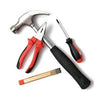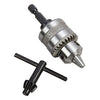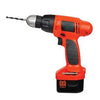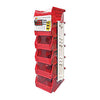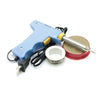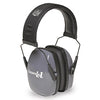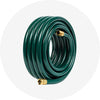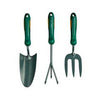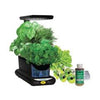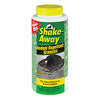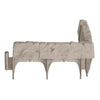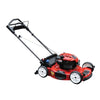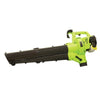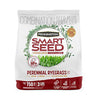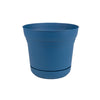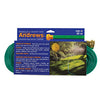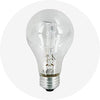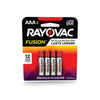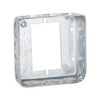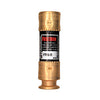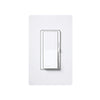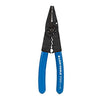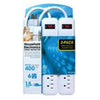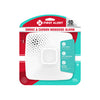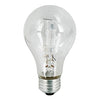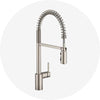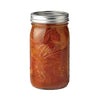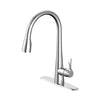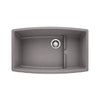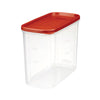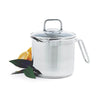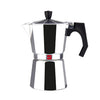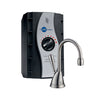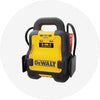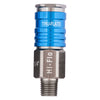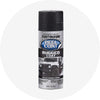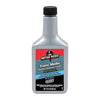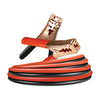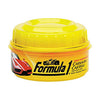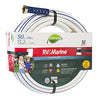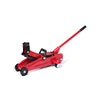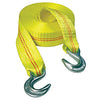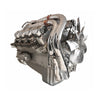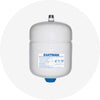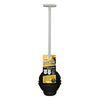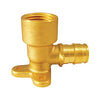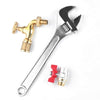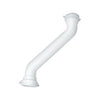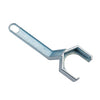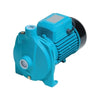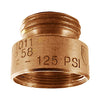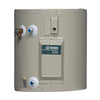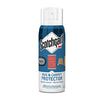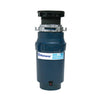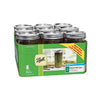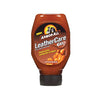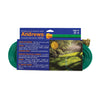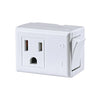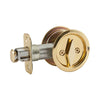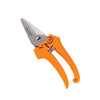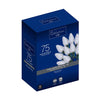Understanding concrete anchors: types and uses.
∙ min read

For many reasons, you’d need to secure something concrete, and anchors are an essential tool to understand when working with concrete. They allow you to join concrete with other objects such as metal, wood, stone, or more concrete. But if you use them the wrong way, it can be an unpleasant and frustrating experience as they can cause you to damage your tools.
Depending on what you attach to the concrete, you can choose from different shapes, forms, and sizes. Learning which anchors you need to get the job done is easy once you know what they do, how they do it, and why.
The primary difference between concrete anchors is whether they are male or female.
Male anchors fasten to concrete and are inserted into a pre-drilled hole through the fixture.
Female anchors are inserted into a hole drilled into the concrete. The fixture is placed over the hole, and a bolt is inserted through it, where the anchor receives it.
Let’s see the most common types of concrete anchors:
- Wedge: named after the wedges that open and expand at its base. They are male anchors and are usually suitable for heavy loads or shear. And they're one of the most widely used because they're amongst the strongest and easy to insert.
- Drop-in: sometimes confused with wedge anchors because they expand too, but drop-in anchors are female and are placed in a pre-drilled hole. They are intended for solid concrete only.
-
Concrete sleeves: are male anchors that can be used in concrete, brick, and stone. They consist of a threaded bolt enveloped by an expander sleeve at the top end and a nut and washer at the other end.
-
Machine screw: this is a female anchor, and this type of fastener consists of a cylindrical base inserted into a pre-drilled hole. It can be used in concrete, brick, mortar, or stone.
-
Strike anchor or hammer drive: this is a male anchor and can be used to attach relatively lightweight fixtures, such as shelf brackets, conduits, and electrical boxes, to concrete.
-
Lag shields: are female anchors and are generally designated long or short based on the diameter of the bolt that goes into the anchor. They can be used in concrete or mortar joints of block or brick walls.
- Split drives: are male anchors with an expanded split base made of tough carbon steel and split drives. They are intended for light-duty anchoring to concrete, brick, or block.

The one million dollar question is, how much weight can concrete anchors hold?
Besides the fundamental differences we’ve seen, we can find three differences between them:
- Light duty: They are great for hanging objects under 50 lbs.
- Medium duty: They are mainly used for holding weights up to 200 lbs.
- Heavy Duty: They are designed for construction. These can behold weights of over 200 lbs.
However, several factors can affect their performance, such as concrete’s age, thickness, compression strength, load weight, hole size, fastener length, etc.
Choosing the correct type of anchor for your business is crucial for ensuring the safety and stability of your structures. At Max Warehouse, we offer types of concrete anchors to fit any application. So whether you're looking for lag shields, split drives, or something else, we've got you covered.
Visit our website today to explore our collection of high-quality anchors and find the perfect solution for your business. Don't hesitate to contact us for a quote and expert advice on selecting the proper anchors for your project.
Sources:
https://www.zoro.com/resourcehub/the-7-most-common-types-of-concrete-anchors/
https://www.protoolreviews.com/types-of-concrete-anchors-how-to-use-them/
https://civiconcepts.com/blog/types-of-concrete-anchors
https://fmpconstruction.com/blog/concrete-anchors/
https://gambrick.com/types-of-concrete-anchors/
https://civilmint.com/types-of-concrete-anchors-bolts/






